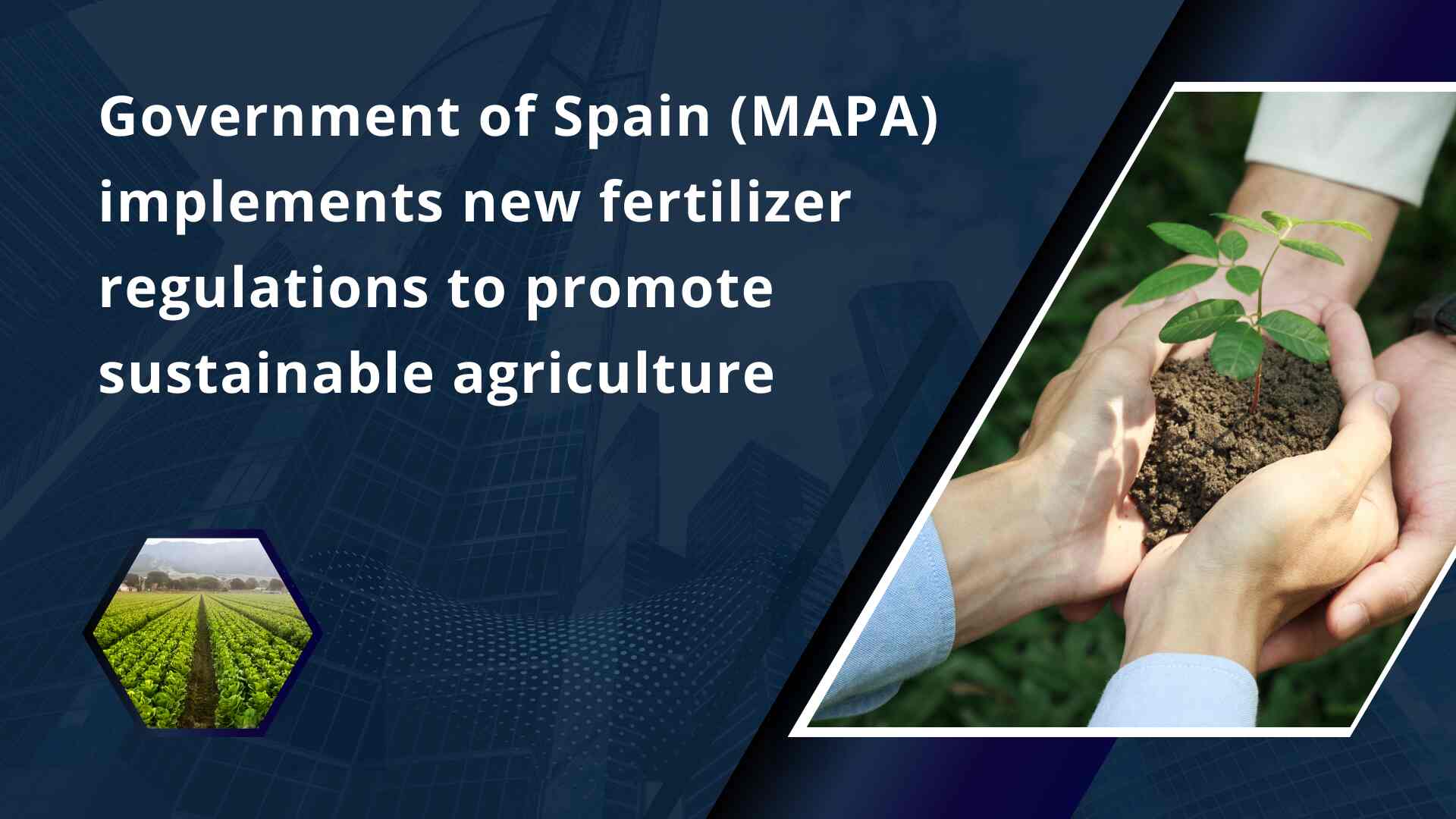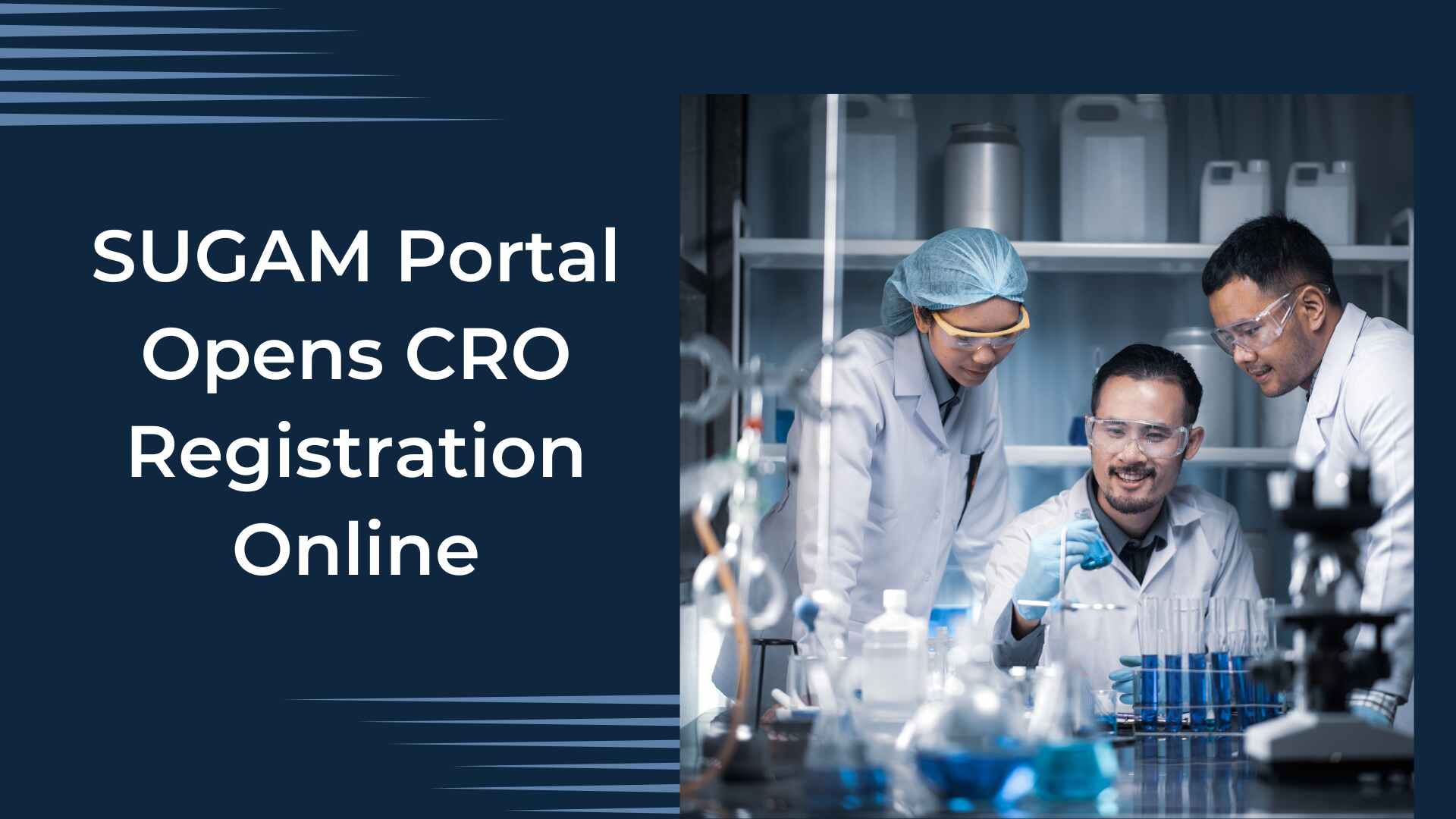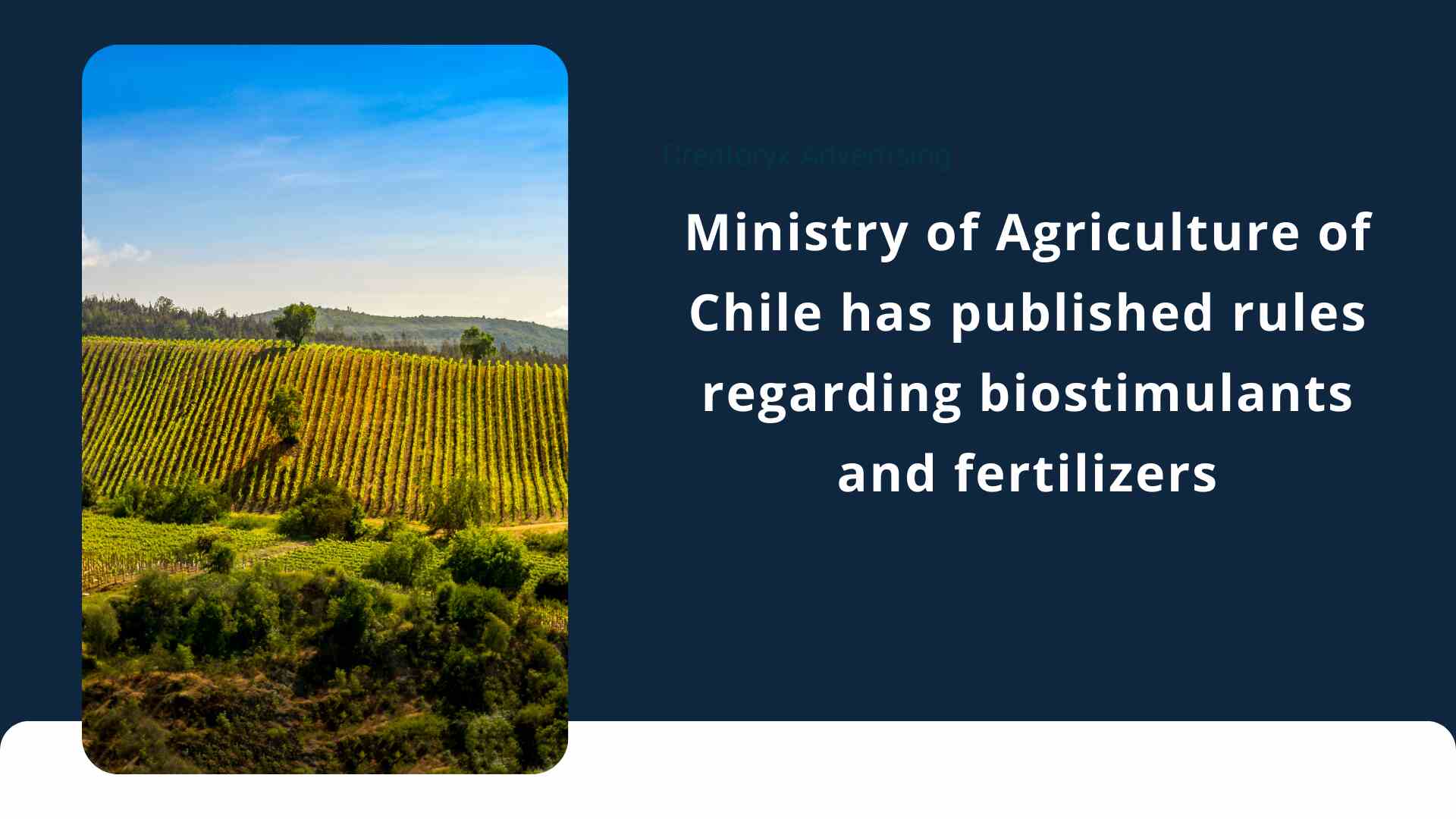In a crucial step towards sustainable agriculture, the Council of Ministers has adopted a new royal decree to rationalize crop fertilization. This initiative, proposed by the Ministry of Agriculture, Fisheries, and Food, is aligns with the European plan “From Farm to Table,” which emphasises both production and environmental sustainability.
The new regulations, which are included in the 43 measures to support the agricultural sector, aim to facilitate sustainable soil nutrition.
Its primary objective is to improve agricultural soil productivity while minimizing the environmental impact of fertilizers and other nutrients. This is consistent with the larger European strategy to ensure food systems that are sustainable. To make some technical procedures easier for farmers to implement, the laws simplify them. They guarantee conformity with other relevant laws, such the one pertaining to waste and contaminated soils.
Key changes in the new regulations include:
• Incentives for digital notebooks: Farmers will not be compelled to use digital notebooks, but they will be offered incentives to promote their usage.
• Detailed information in fertilization plans: The information necessary in fertilisation plans will be given, including the determination of the dosage.
• Reduced ammonia emissions: The regulation include steps to reduce ammonia emissions from fertiliser applications.
• Flexibility for manure and organic material use: The obligations for the use of manure, fertilisers, and other organic materials will be made more flexible, with additional wastes added to the permitted list and requirements modified.
• Extended stacking and burying periods: The timeline for stacking and burying manure and organic products will be extended, giving farmers greater flexibility in their operations.
These measures are part of the government’s attempts to boost and support the agriculture industry and enhance the livelihoods of farmers and ranchers. The government’s goal in promoting sustainable soil nutrition is to improve agriculture’s environmental performance while also assuring efficiency and profitability. This regulation is a key step towards achieving these dual objectives.









